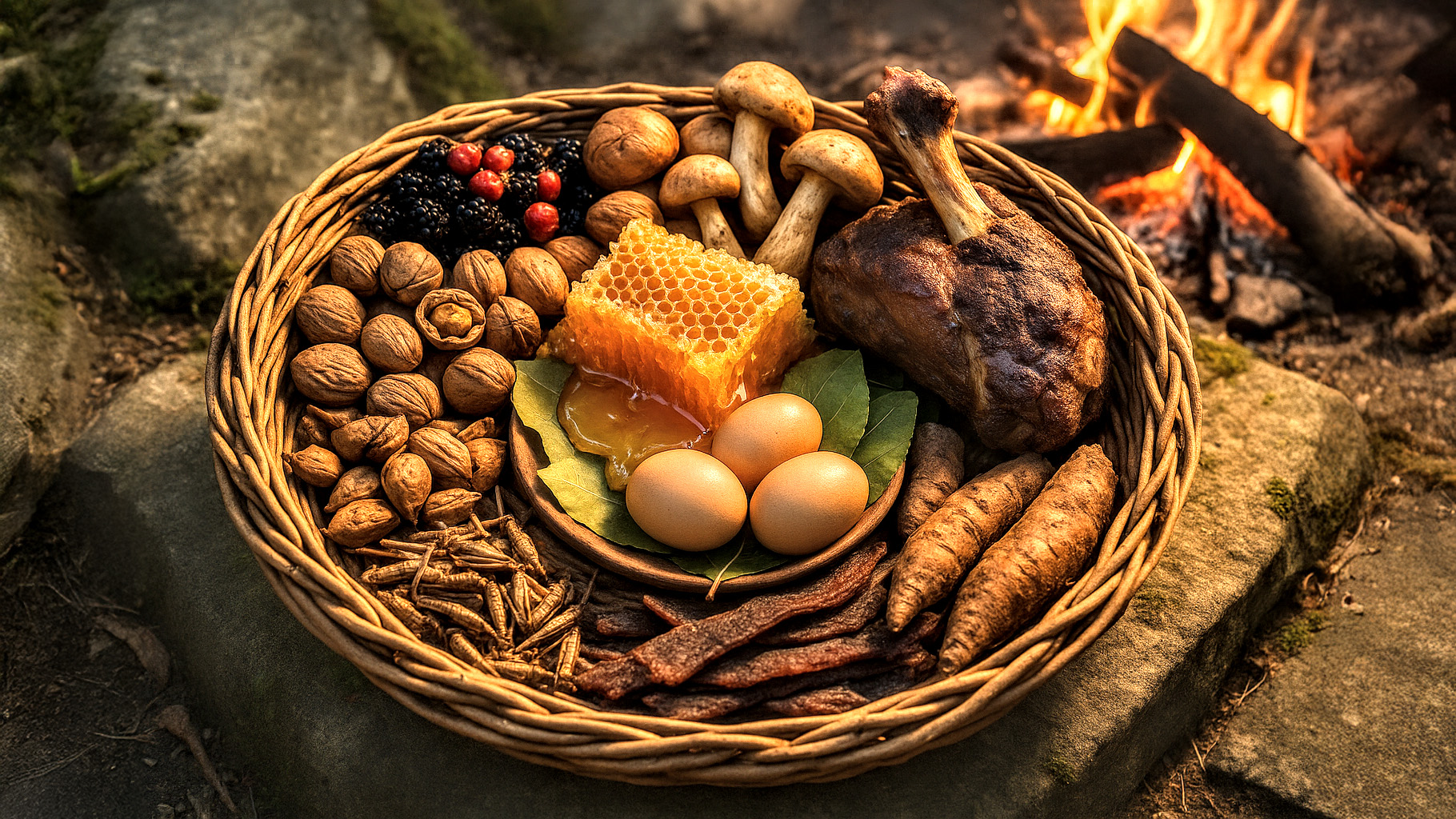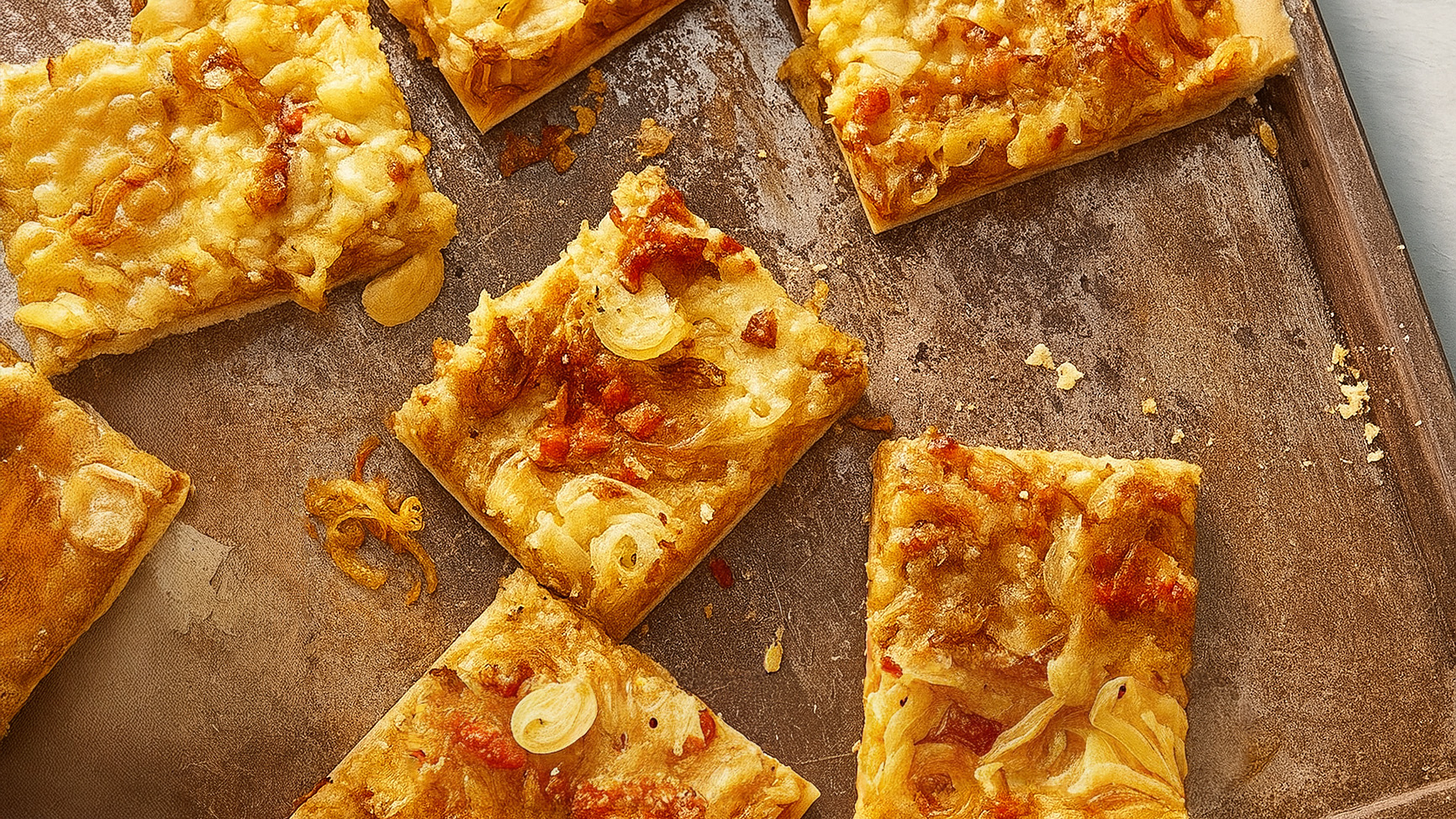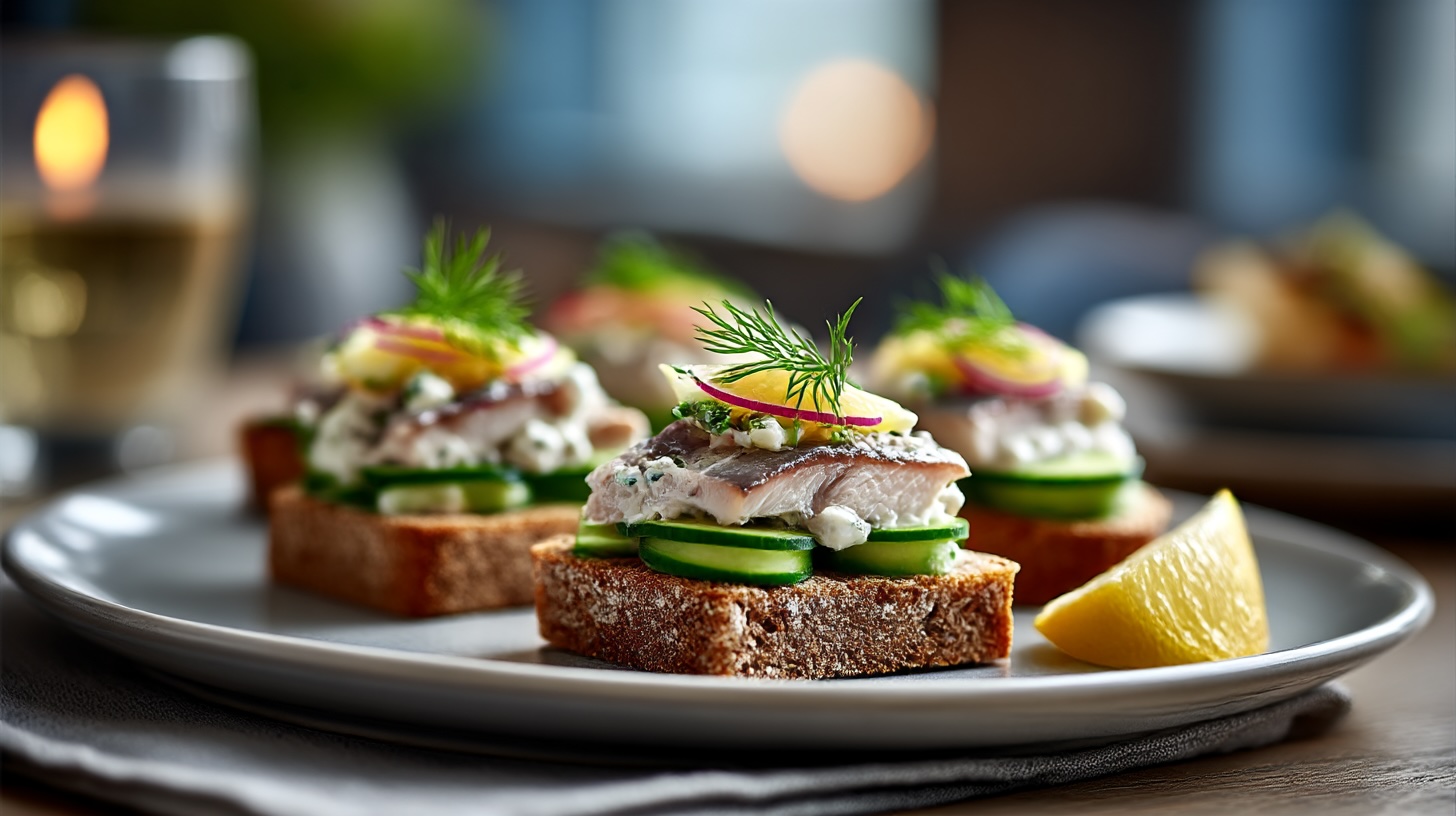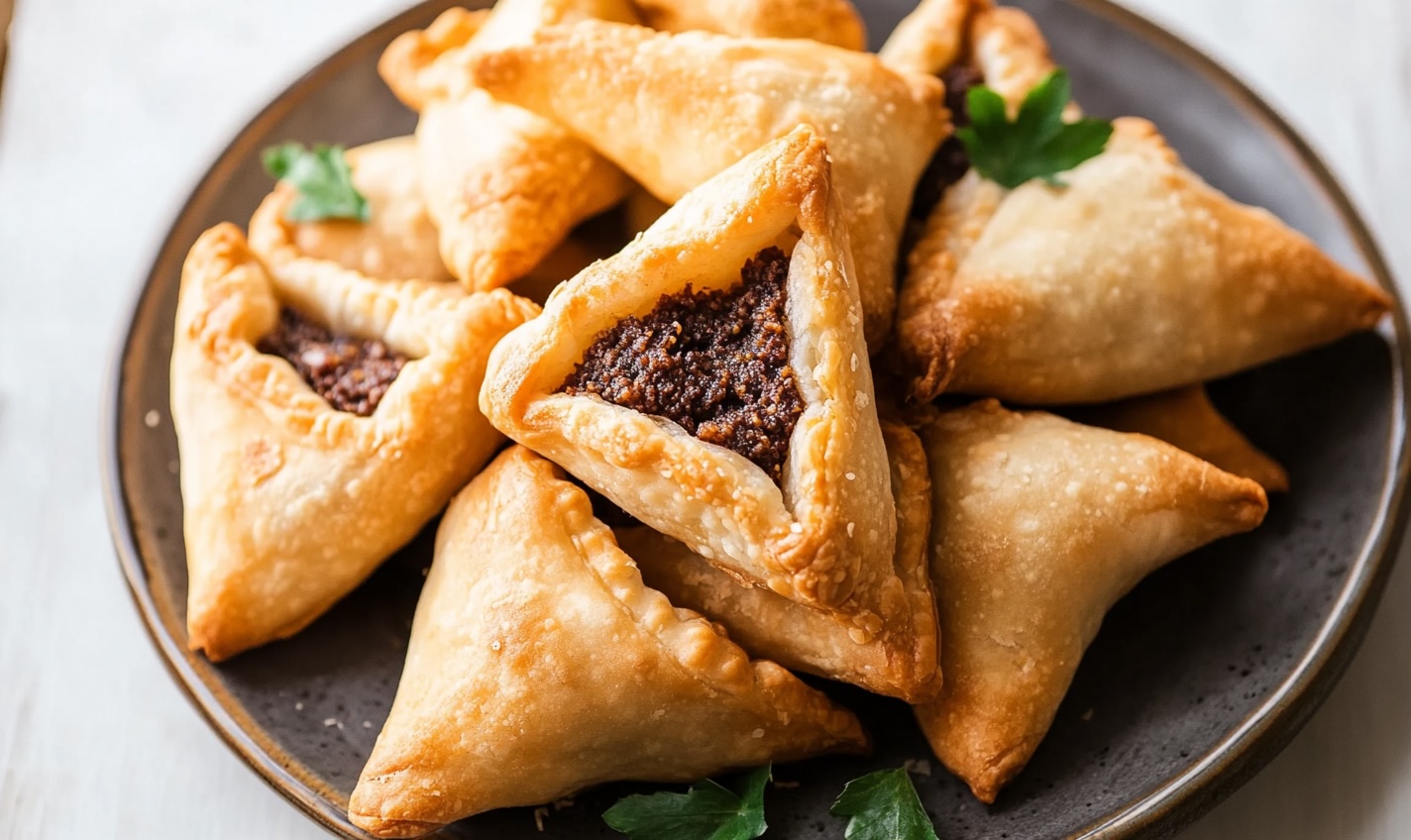Paleo Foods Weren’t What You Think
If your idea of Paleo foods starts and ends with someone gnawing on a raw mammoth leg in a loincloth, you might want to sit down. The so-called “caveman diet” has had quite the modern makeover, transforming from survival mode to Instagrammable bowls of avocado, berries and bison. Paleo foods are all about eating like our Palaeolithic ancestors, which apparently means no cheese, no bread, no pasta, and no fun. But don’t worry, they had their own party platter – and some of it might just surprise you.
First off, Paleolithic people didn’t just eat meat. Despite the image of a brawny hunter with a spear and a steak, the majority of their calories likely came from plants. Roots, tubers, nuts, berries, and leaves made up the real bulk of their diet. Fibre? They probably ate more in a day than we manage in a week.
And here’s a curveball: early humans may have had a bit of a sweet tooth. Archaeologists found residues of wild honey in ancient tools, suggesting that Palaeolithic folks weren’t above a little natural sugar rush. Risking bee stings for a honey fix? Now that’s dedication.
They also knew their way around seafood. Shell middens – ancient rubbish heaps full of discarded shells – suggest that coastal dwellers were slurping down oysters and mussels like prehistoric foodies. Omega-3s before it was trendy.
While the modern Paleo movement shuns all grains, there’s evidence that some Palaeolithic people ground wild grasses into flour. One team even found 30,000-year-old grinding stones with traces of starch. So yes, technically, someone might have made the first pancake long before agriculture showed up.
Paleo foods weren’t uniform across the globe. A Siberian caveman’s dinner looked very different from someone chilling in what is now Kenya. One might snack on reindeer marrow; the other might tuck into baobab fruit and termites.
Speaking of marrow, it turns out Palaeolithic people were very into nose-to-tail eating. They cracked bones to get to the fatty insides. In a world without Uber Eats, that’s gourmet.
And fermentation? Not a new thing. There are suggestions that fermentation happened long before settled agriculture. That means our ancestors might have stumbled upon a naturally fizzy fruit mash and thought, “This makes hunting more fun.”
What about spices? While salt and pepper shakers weren’t on the stone table, wild herbs, bitter roots, and aromatic leaves were likely thrown into the mix. Flavour didn’t have to wait until the Romans showed up.
Interestingly, Paleo folks were seasonal eaters by necessity. No freezers, no fridges. What you got is what was growing, hopping, or swimming nearby. So forget year-round bananas. It was more like: “Hey, it’s berry season, better gorge now or cry later.”
Water was the drink of choice, obviously. No oat milk lattes. But some research hints they may have brewed basic teas from herbs, bark or flowers. The original herbal infusions.
And those lean meats? Not exactly. The animals they hunted were wild, yes, but often quite fatty, especially in colder regions. Think seal blubber and mammoth fat rather than skinless chicken breast.
Their relationship with food was deeply intuitive. They didn’t count calories, didn’t log carbs, and didn’t call almonds a “superfood.” They just ate what didn’t kill them. A surprisingly effective diet filter.
They might’ve even foraged for mushrooms. Risky business, that. One wrong pick and your Paleo picnic turns into a vision quest or worse. Fungal roulette.
Nuts were a big hit. Not just for snacking, but as ingredients. Archaeologists have found charred nutshells in ancient hearths, suggesting roasting was a thing. The original salted snack?
We also owe them one for discovering fire-roasted meat. Before George Foreman, there was the charred stick. Fire changed everything, unlocking calories, making chewing easier, and probably boosting social bonding over the first BBQ.
Fruits back then were very different. Wild apples were tiny and tart, not the plump sugar bombs we munch today. Same goes for bananas, which had seeds like gravel. Nature’s way of portion control.
While we stress over carbs, their energy came from whatever was on hand – including fibrous roots that would challenge modern digestive tracts. We’d need a new setting on the NutriBullet to survive that.
Insects were definitely on the menu. Grasshoppers, grubs, beetles – all rich in protein and minerals. Not exactly popular on Paleo food blogs, but undeniably authentic.
They made bone broth. No slow cooker required. Just a fire, a skin bag or hollowed-out rock, water, bones, and a bit of patience. Collagen, darling, before collagen was cool.
Some researchers believe Palaeolithic people practised a kind of intermittent fasting. Not because it was trendy, but because sometimes the hunt failed. Skip dinner? Blame the mammoth.
Modern Paleo fans love coconut oil, but coconuts were region-specific. Your average caveman in what is now Belgium wasn’t slathering coconut oil on their elk jerky.
Speaking of jerky, drying meat was one of the oldest preservation techniques. Sun, wind, and smoke made lunchboxes before Tupperware. Energy bars of the Ice Age.
Eggs? Absolutely. Wild bird nests weren’t safe. Our ancestors climbed, scavenged, and possibly even argued over the last egg like it’s Sunday brunch at a posh bistro.
And finally, the most Paleo thing about Paleo foods isn’t what they ate – it’s how they thought about food. No labels, no forbidden treats, no guilt-tripping. Just nourishment, necessity, and maybe a little joy when someone spotted ripe figs.
So the next time someone lectures you about “eating clean,” you might point out that Paleo folks also liked the occasional honey binge, mushroom experiment, and marrow feast. They were pragmatic, curious, and occasionally reckless. Not a bad culinary philosophy, all told. Especially if you skip the loincloth.



